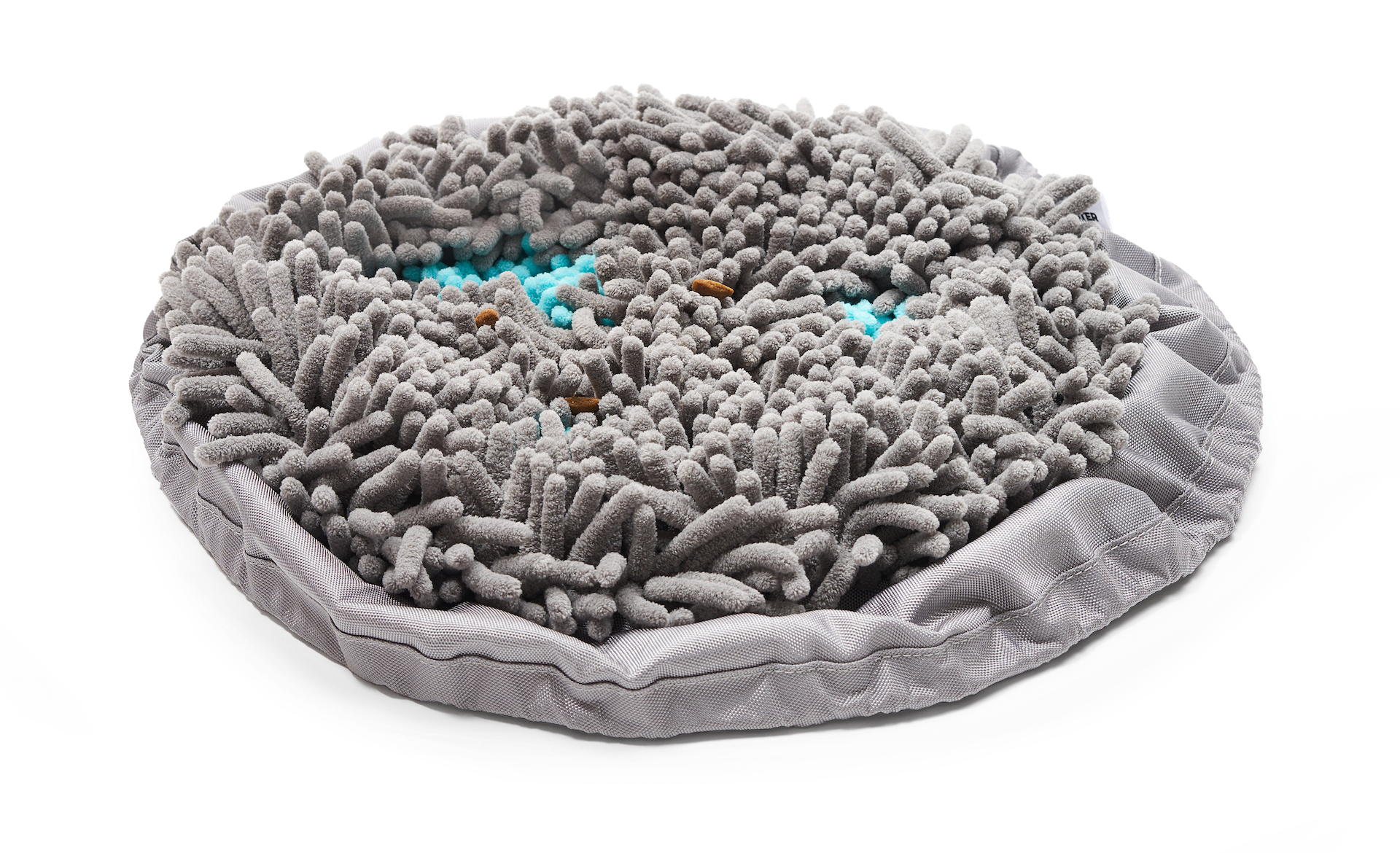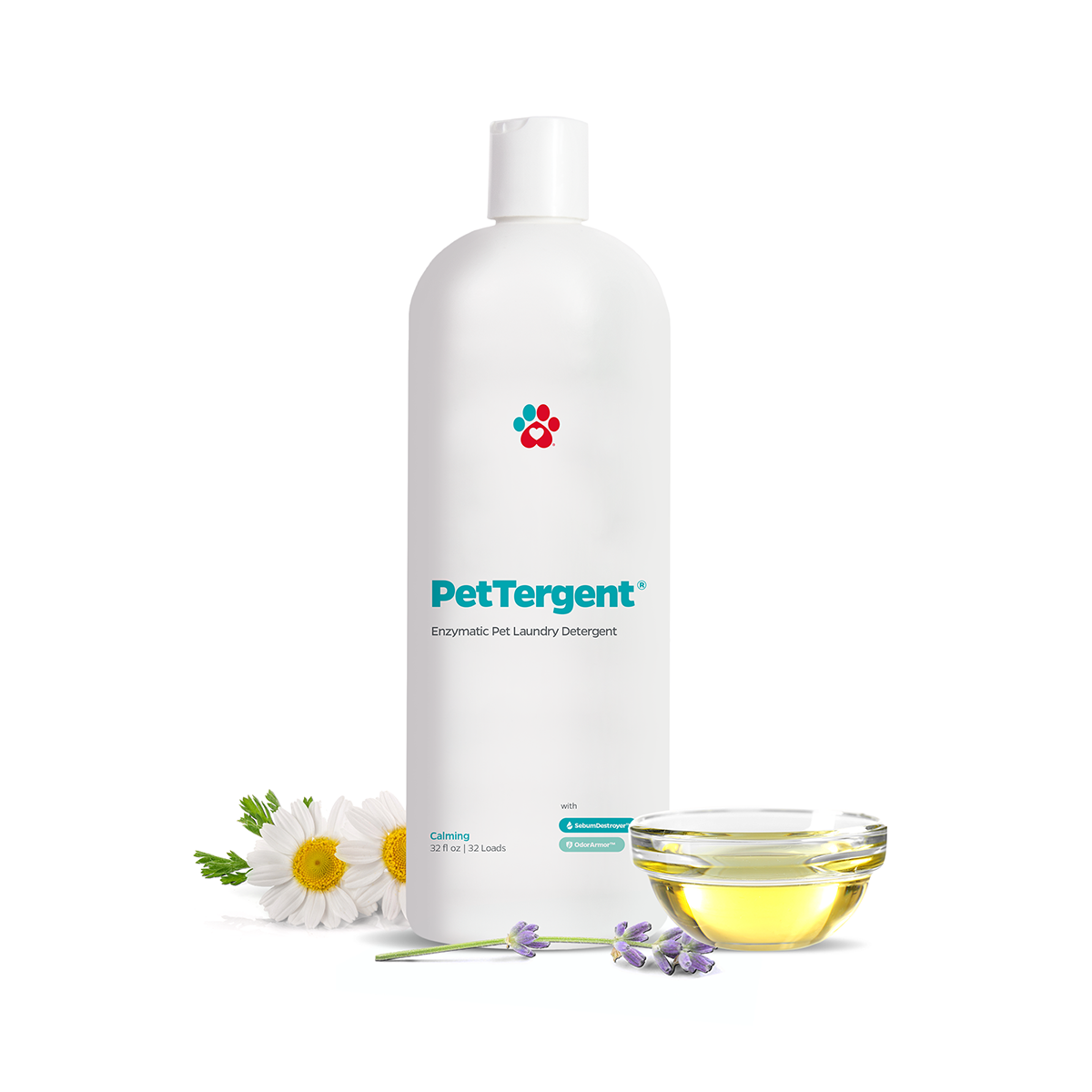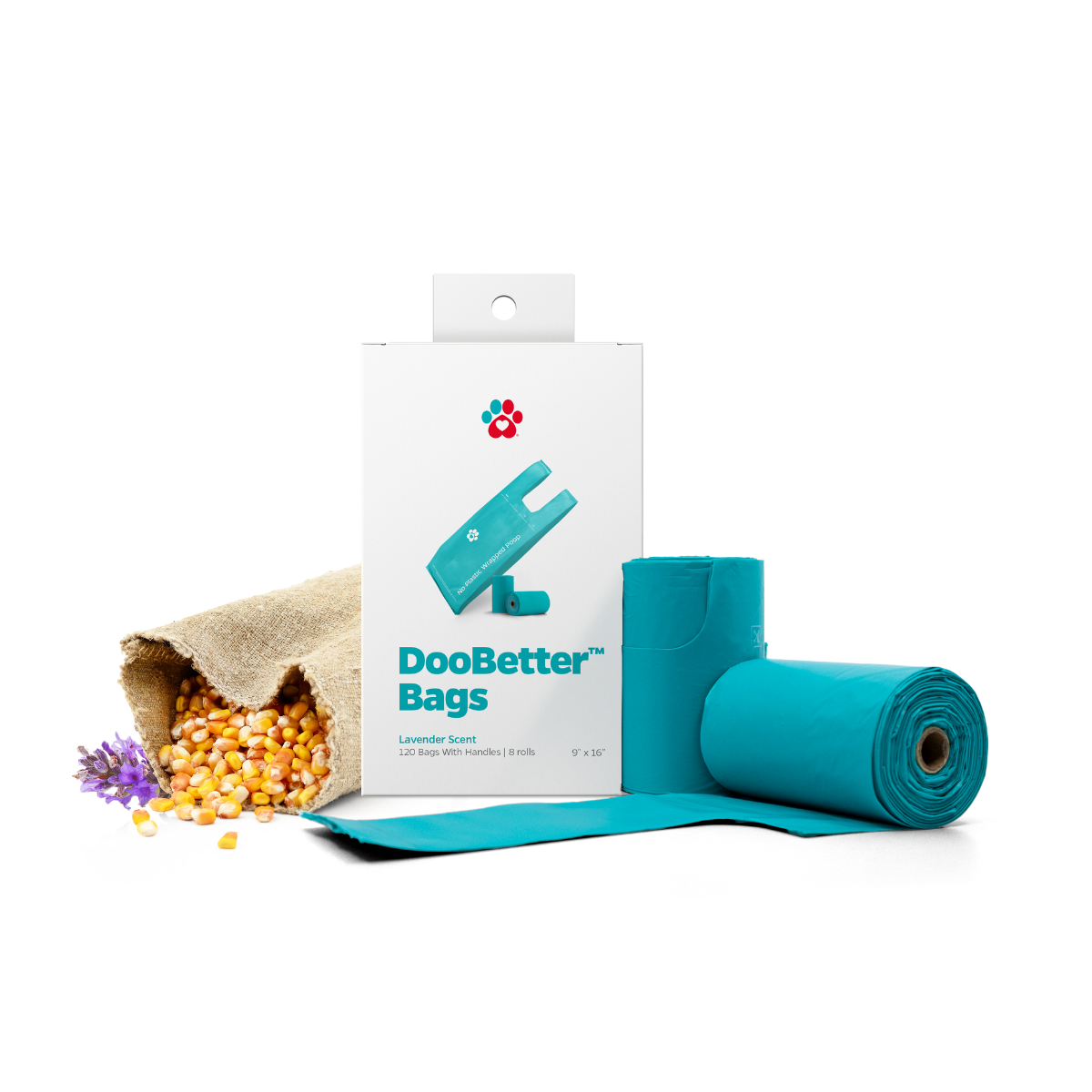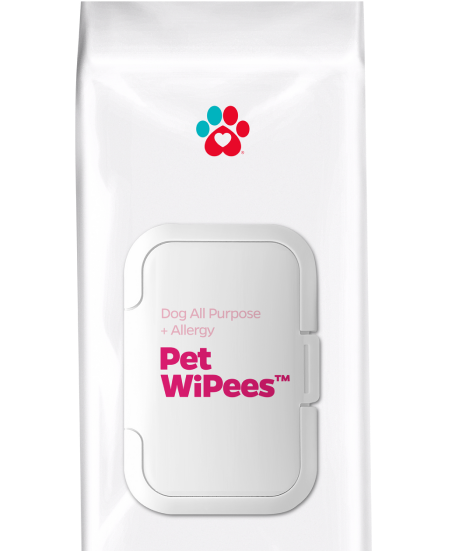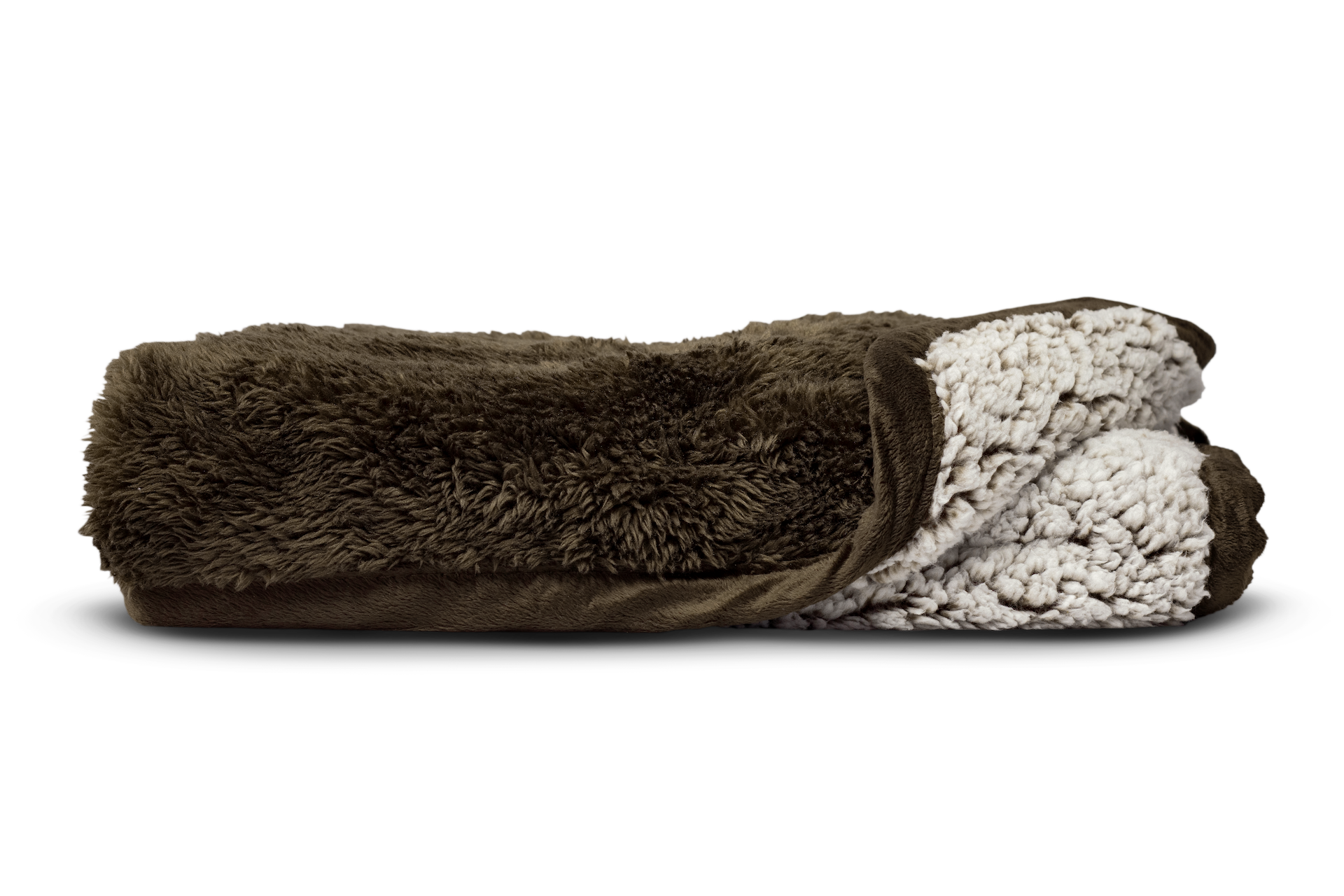Learn simple ways to become an eco-friendly pet parent. Small changes in your home and pet’s routine can help lessen negative environmental effects while also benefiting the health of your home and family.

1. Clean Up Your Pet’s Potty Routine
Picking up your dog’s poop on a walk is not only respectful, but it’s also helpful to the environment. Pet waste contains excess nitrogen, phosphorus, and other byproducts that alter the soil and potentially hurt the plants that grow in the area. Feces can also end up in local waterways after it rains.
Consider biodegradable or compostable poop bags when cleaning up after your dog or when scooping cat litter. Plastic bags can take up to 500 years to decompose in landfills, but more eco-friendly options are made to decompose in weeks or months, which makes them a better choice for the earth.
Most cat litter is made from bentonite clay, which is a non-renewable resource. On top of that, the process of mining the clay damages the environment. Recycled shredded paper, wood pellets, and wheat- or walnut-based litters are biodegradable and can even be composted. Moreover, dust levels in eco-friendly litters are frequently lower or none at all, making them safer and healthier for your pet.
Although some cat litter may be advertised as flushable, it is crucial to confirm with your local waste management system whether flushing litter is permitted where you live.
2. Ditch Disposables
When possible, choose washable and reusable products for your pet. If your pet wears diapers or needs a pee bad, invest in washable diapers or belly bands and reusable Pawtect® Pads. If you’re traveling with your pet, bring along a portable pet water bottle or a food storage container for their meals instead of opting for plastic or throw-away containers. (Our Forager® Bowl cinches to make travel with food easy!) Use a reusable pet hair remover, like FurBall®, instead of disposable lint rollers for a greener alternative for cleaning pet hair off clothing and laundry.
3. Use Eco-Friendly Cleaning Products
Pets come with messes! But many typical household cleaning products are hazardous and harmful not just to people, but also to our pets and the environment. Make the switch to more sustainable products to reduce your impact on the earth and keep your home a safe and healthy one. Eco-friendly cleaners, detergents, and soaps break down, so when they’re washed down the drain, they don’t pollute waterways or damage the environment. They also don’t leave behind potentially toxic residue, which could end up on your pet’s skin or in the mouth if they lick surfaces or snuggle with just-washed laundry.
"Many typical household cleaning products are hazardous and harmful not just to people, but also to our pets and the environment."
4. Try Sustainable Pet Food
According to a 2017 UCLA study, traditional pet food production produces 64 million tons of carbon dioxide every year, which is roughly the same yearly impact as 13.6 million cars on the road. Look for pet food brands that use organic, non-GMO ingredients, or even substitute meat or plant-based ingredients. (Always check with your vet before changing your pet’s diet.) You can also opt to make your own pet food or treats, which may create less processing, shipping, and carbon emissions than packaged pet food.
5. Shop Smarter
When you’re buying new products for your pet, choose quality products that are made to last. That way, you’re not replacing items often and throwing the old ones into the landfill.
Look for products made from sustainable materials, such as organic cotton, bamboo, hemp, and recycled materials. For instance, our Pet WiPees™ are made from biodegradable bamboo. Don’t forget the packaging! Look for products that have minimal packaging or recyclable packaging.
When possible, shop at your local pet store instead of ordering online. Not only does this benefit the community, but it also reduces your carbon footprint. (Make sure to bring your reusable shopping bag with you!)
"Use a reusable pet hair remover, like FurBall®, instead of disposable lint rollers for a greener alternative for cleaning pet hair off clothing and laundry."
6. Donate Old Supplies
If you have a pet who has outgrown, doesn’t use, or has no need for their supplies anymore, consider donating them to animal shelters or rescue organizations. Or find a new pet owner who would love to stock up on gently used supplies without spending too much money. Giving these items a second life keeps them out of the landfill. Pet supplies may include leashes and collars, toys, blankets, or food bowls.
7. Keep the Pet Population to a Safe Number
Millions of pets are euthanized in shelters each year because of overcrowding. It takes an incredible amount of resources and space to house these animals while they wait for adoption. If you’re looking for a new pet, consider adopting from a shelter instead of purchasing them from a breeder. Additionally, adopting from a shelter or rescue organization helps reduce the demand for pets from commercial breeders, who often prioritize profit over the well-being of the animals.
Also consider spaying or neutering your pet to help reduce overpopulation and resource consumption. This reduces the potential for more stray animals that can harm the environment by damaging crops, disrupting ecosystems, and spreading diseases.

Take action today by making a few simple changes. Creating a more environmentally-conscious lifestyle for both you and your furbaby can improve the quality of your and your pet’s life, but also leads to a more sustainable future.

